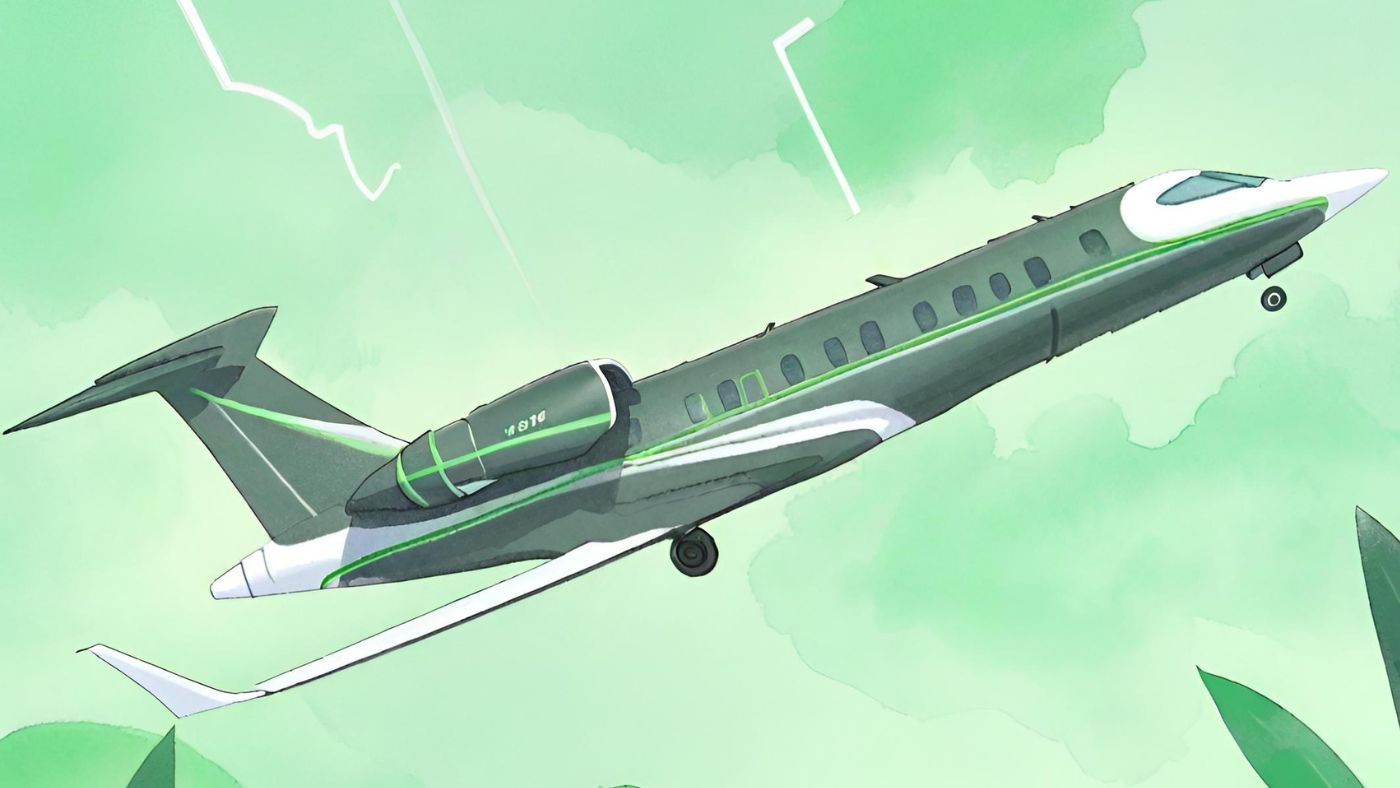Transportation accounts for nearly 50 percent of global tourism’s annual carbon footprint. Inside that segment, air travel has the greatest impact. As the auto industry makes huge advances in consumer electric vehicle offerings, we at EP wonder: how long will we have to wait before we can take an all-electric flight to Europe?
The good news is that future of electrified aviation is well underway. The not as good news is that fully-electric long-haul travel is several years, if not decades, away. It’s in the short-haul, regional flight space that electrified aviation stands to make the biggest gains. According to the website FutureFlight.aero, a report out from the independent Institute for Transport Economics (TØI), has proposed the launch of a ground-breaking, subsidized public service obligation (PSO) route using electric aircraft to connect Førde, a town of 13,000 residents located on the country’s rugged North Sea coast, with Bergen, Norway’s second-largest city. Routes could begin as early as 2028 on 7 to 19-seat fully-electric planes that have a range of 120 or so miles.
Countries across Europe are investing in all-electric air services to help them reach the EU’s net zero emissions target set for 2050. The size and design of an all-electric plane impacts its overall weight and functionality. For instance the battery requirements for a smaller plane made with light materials are far less (though still significant) than what will be required to power a large commercial jet. Runways may become less necessary as smaller craft have the power to lift upwards. The recharge time on smaller planes will also be much shorter than for large jets. That regional airport near your house, the one that United once flew out of but canceled due to unprofitability? It could become useful once again. In fact, it could change the way you travel.
But more than any other technical component, the limited energy density of current batteries hamstrings the rate at which aviation can become fully electrified. Researchers, alongside companies like Tesla and Panasonic, are pushing the boundaries of energy density, as they aim for lighter, more powerful batteries that can generate the necessary thrust for takeoff and maintain sufficient power during flight, particularly long-haul flights.
Also important to advances in electrified aviation, and previously noted, is the need to develop a massive charging infrastructure. Airports across the globe are actively investing in electric charging stations tailored to aircraft, similar to the refueling process for conventional airplanes. Key to successful electrification? Cracking the code on improving on the turnaround times for charging a 24-passenger all-electric vehicle, which would currently take hours.
As a transitional phase, hybrid electric planes are making their debut. These aircraft combine traditional and electric propulsion systems, offering airlines a viable way to reduce emissions while embracing electric technology. Such hybrids help bridge the gap between conventional and fully electric long-haul aviation, fostering greater acceptance and adoption of clean energy solutions.
Overall, the development strategy for fully-electric airplanes will lead to a more sustainable future for air travel with several advantages:
- Electric airplanes are poised to significantly reduce greenhouse gas emissions and air pollution, making them a crucial tool in the fight against climate change.
- Electric propulsion systems are quieter than traditional engines, reducing noise pollution near airports and overflight areas.
- Electric aircraft have fewer moving parts and require less maintenance, potentially leading to lower operating costs for airlines.
- Electric airplanes could open up new routes and remote destinations that were previously inaccessible due to the limitations of traditional aircraft.
In the meantime, the development strategy for electric airplanes represents a significant leap forward in sustainable aviation. While the path to full electrification is paved with technical and logistical challenges, the vision of emissions-free, long-haul air travel is closer to becoming a reality. In our lifetimes we may witness a complete transformation in the way we traverse the skies.


